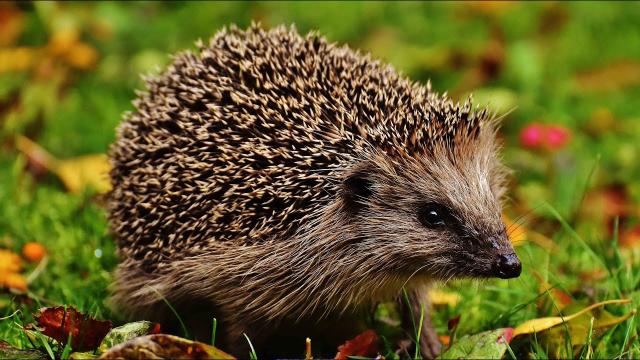Many pet enthusiasts have recently taken to keeping pet hedgehogs, but the diet of the small animals remains a significant challenge to many pet keepers. Considering that hedgehogs aren’t among the traditional pets we keep, more information about these prickly creatures continues to emerge, especially regarding their diet.
Pet hedgehogs need to eat nearly the same as those in the wild. These diets encourage the spiny pets to forage. Hedgehogs are omnivorous, so they eat foods that include both flesh and vegetables.
To help you understand the composition of a hedgehog meal, it’s essential to provide two lists to show what hedgehogs eat in the wild and the meals hedgehogs we keep at home should consume.
What a pet hedgehog should eat
The food that a hedgehog eats contributes to an extended lifespan for your favorite pet. Hedgehogs at home can have a lifespan that can exceed six years while the ones in the wild can only live up to three years due to the numerous dangers they’re constantly facing. Here are some points to consider when feeding a pet hedgehog.
- The protein level should range between 28 and 35 percent for easy digestion and sufficient growth
- The food should have a fat content between 5 and 15 percent
- The diet a hedgehog eats should include insects. They prefer soft-bodied insects like centipedes and millipedes
- Be careful because hedgehogs will overeat, if allowed, and become obese pets
- An African pygmy pet hedgehog should eat no more than three meals in a day and each meal should be equivalent to three tablespoons.
- A pet hedgehog should eat a diet rich in chitin to enable it to attain the required 600 spines. Interestingly, a hedgehog is born without spines.
- Hedgehogs are naturally nocturnal animals, so the ideal time to feed them should be around twilight.
- Pet hedgehogs don’t hibernate like their compatriots in the wild do. It means that the food your pet eats should be rich in energy to aid in exercising.
- Never offer too many treats to a pet hedgehog because you can alter the pet’s staple meal.
- Introduce one new food at a time so that you can monitor your pet’s response and preference.
- Never give your pet milk because hedgehogs show intolerance to lactose, and as a result can end up with diarrhea.
- Never offer your hedgie diets with fish. Experts and the RSPCA warn against it.
- A pet hedgehog should have a diet comprised of a variety of foods.
- Grapes, avocado, and raisins are toxic to hedgehogs, so you shouldn’t allow your pet to eat the fruits.
- Crushed peanuts tend to stick on the roof of hedgehog’s mouth, thus causes a chocking effect to the pet.
- Supplement additional diets rich in fibers for pet hedgehogs that mainly eat canned meals.
Food hedgehogs eat in the wild
Just like other rodents, hedgehogs in the wild mainly eat insects.
The following is the list showing insects and other things a hedgehog in the wilderness can eat;
- Slugs
- Beetles in the ground
- Young Mice
- Crickets
- Ants
- Vegetables
- Mealworms
- Some fruits
- Millipedes
- Caterpillars
- Snails
- Earthworms
- Other small animals like rats
Food that hedgies can eat at home
The hedgehog you bring home from the wild should continue to eat the meals that enhance their instincts, but will gradually accommodate other exotic foods that you avail. Here’s the list of food that a pet hedgehog will eat in its cage;
- Insects
- Special hedgehog food
- High-quality dry cat food
- Lean Meat
- Vegetables
- Baby Meals
- High-quality dog food
- Both boiled and scrambled eggs
- Some fruits
What a pet hedghog shouldn’t eat
The safety of a pet hedgehog begins from the kind of food the animal eats.
It’s, therefore, essential to pay keen attention to what’s going into your hedgie’s mouth. Here’s a list of food that you should ensure he/she does not eat;
- Food with spices
- Raw egg yolk
- Seeds
- Onions
- Junk food
- Raw meat
- Citrus fruit
- Chocolate
- Bread
- Celery
- Potatoes
![A pet hedgehog eating its favorite diet outside a cage. [Image Source: Boogie-Bailon/Flickr] A pet hedgehog eating its favorite diet outside a cage. [Image Source: Boogie-Bailon/Flickr]](https://staticr1.blastingcdn.com/media/photogallery/2019/6/7/660x290/b_502x220x82/a-pet-hedgehog-eating-its-favorite-diet-outside-a-cage-photo-credit-boogie-bailonflickr_2277661.jpg)



